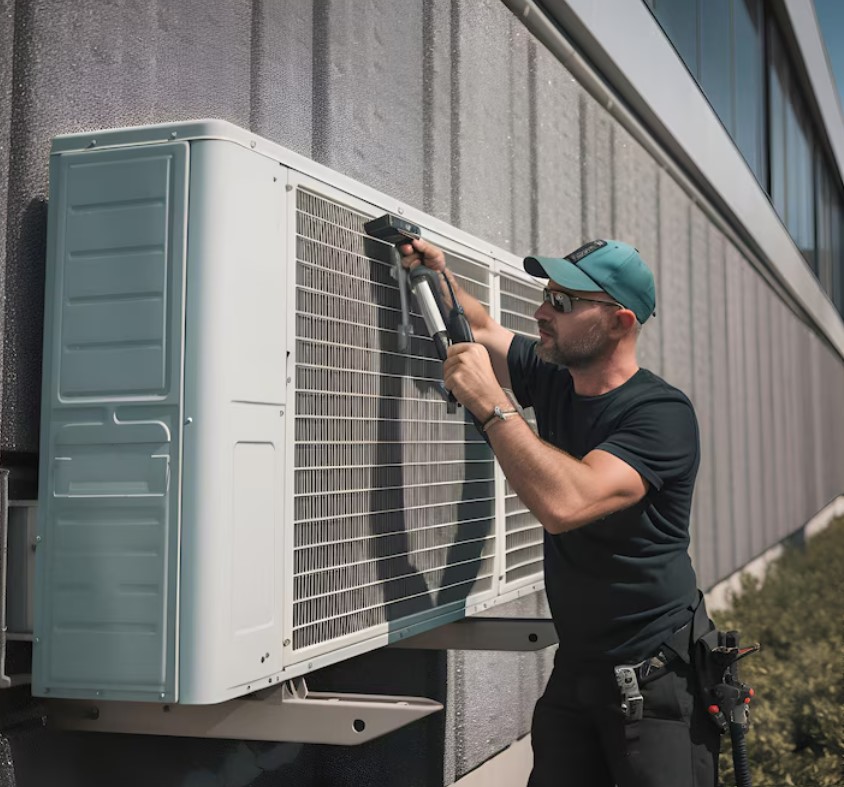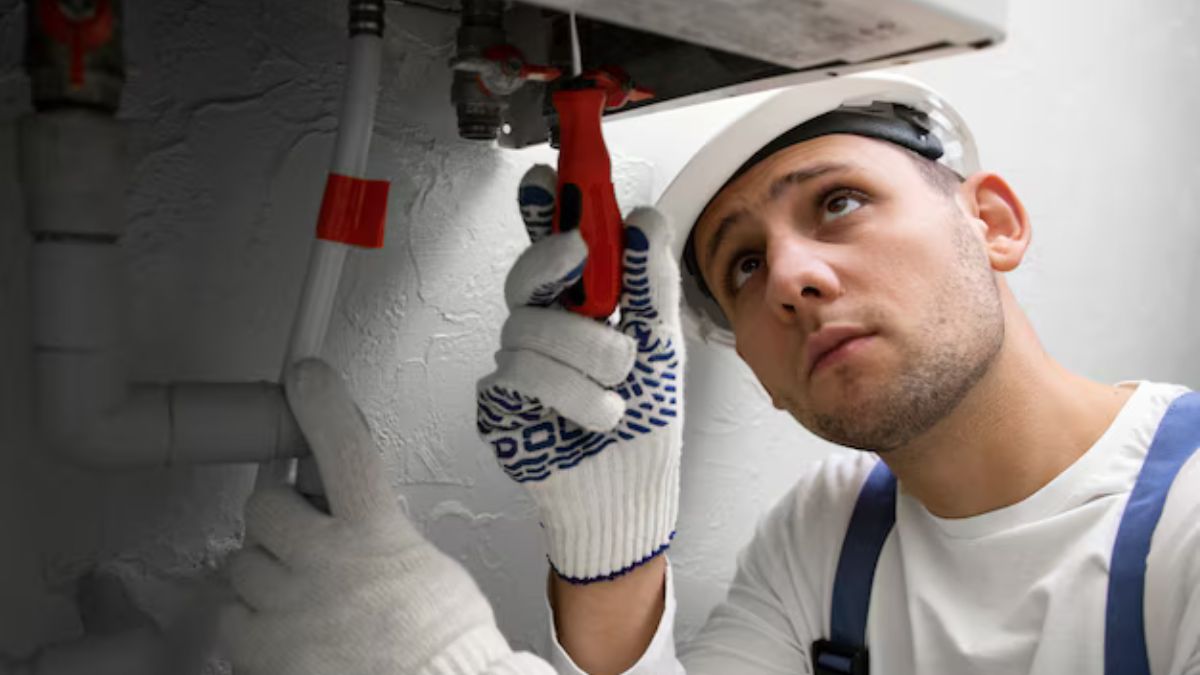When your air conditioning system falters, the comfort of your home can quickly become compromised. To get things back on track, it’s crucial to understand how HVAC technicians diagnose air conditioning system issues. This process involves a combination of technical knowledge, experience, and methodical troubleshooting to identify and resolve problems efficiently. Here’s a detailed look at how HVAC professionals diagnose and address these issues.
1. Initial Assessment and Inspection
Understanding the Problem: The diagnostic process begins with a thorough discussion between the HVAC technician and the homeowner. The technician will ask specific questions about the symptoms observed, such as unusual noises, lack of cooling, or fluctuating temperatures. This information helps narrow down potential issues.
Visual and Physical Inspection: The technician will then perform a visual inspection of the air conditioning system. This includes checking the indoor and outdoor units for any obvious signs of damage or wear, such as leaks, rust, or disconnected components. They will also inspect the thermostat, ductwork, and air filters.
2. Checking Electrical Components
Power Supply and Wiring: HVAC systems rely on a complex network of electrical components. The technician will check the power supply to ensure the system is receiving the correct voltage. They will also examine wiring connections for signs of wear or damage, which could cause intermittent issues or system failures.
Control Systems and Relays: The technician will test various control systems, including relays, capacitors, and contactors. Faulty relays or capacitors can lead to erratic system behavior, such as the system not turning on or off correctly.
3. Evaluating the Refrigerant System
Refrigerant Levels: Refrigerant is crucial for the cooling process, so the technician will check the levels of refrigerant in the system. Low refrigerant can indicate a leak or an issue with the refrigerant lines. They will use specialized gauges to measure pressure and compare it to the manufacturer’s specifications.
Leak Detection: If refrigerant levels are low, the technician will conduct a leak test. This may involve using electronic leak detectors or applying a soap solution to the refrigerant lines to identify escaping gas. Repairing leaks is essential to restore proper system function and prevent further damage.
4. Examining the Airflow
Air Filter and Ductwork: Restricted airflow can severely impact the efficiency of an air conditioning system. The technician will inspect the air filters and ductwork to ensure they are clean and unobstructed. Clogged filters or damaged ducts can lead to poor performance and increased energy consumption.
Blower and Evaporator Coil: The technician will also check the blower motor and evaporator coil. A malfunctioning blower can result in insufficient airflow, while a dirty or frozen evaporator coil can impede the cooling process. They will clean or replace components as needed to restore optimal airflow.
5. Testing System Performance
Cooling Cycle: Once initial diagnostics are complete, the technician will run the air conditioning system through a cooling cycle. They will monitor the system’s performance, checking for consistent cooling, proper temperature differentials, and efficient operation. This helps identify issues that may not be apparent during a static inspection.
System Controls and Thermostat: The technician will test the thermostat and system controls to ensure they are functioning correctly. They will calibrate the thermostat if necessary and check for proper communication between the thermostat and the HVAC system.
6. Addressing Common Issues
Compressor Problems: The compressor is the heart of the air conditioning system. If the technician suspects issues with the compressor, they will check for signs of overheating, unusual noises, or electrical faults. In some cases, the compressor may need to be repaired or replaced.
Drainage Issues: Air conditioning systems produce condensate as a byproduct of the cooling process. The technician will check the condensate drain and pan for clogs or leaks, which can lead to water damage and mold growth if not addressed promptly.
System Refrigerant: If refrigerant levels are low or if there are signs of contamination, the technician may need to flush the refrigerant system and recharge it with the appropriate type and amount of refrigerant.
7. Providing Recommendations and Repairs
Detailed Report: After diagnosing the issue, the technician will provide a detailed report of their findings. This report includes the identified problems, recommended repairs or replacements, and a cost estimate. They will explain the necessary repairs to the homeowner and discuss the best course of action.
Performing Repairs: Once the homeowner approves the repairs, the technician will proceed with addressing the issues. This may involve replacing faulty components, repairing leaks, cleaning system parts, or making adjustments to improve system performance.
Follow-Up and Maintenance: After repairs are completed, the technician may schedule a follow-up visit or offer maintenance tips to ensure the air conditioning system continues to operate efficiently. Regular maintenance can prevent future issues and extend the lifespan of the system.
Conclusion
Diagnosing air conditioning system issues is a detailed and systematic process that requires expertise and precision. HVAC technicians utilize a range of diagnostic tools and techniques to identify problems, perform necessary repairs, and restore comfort to your home. By understanding the steps involved in diagnosing air conditioning issues, you can better appreciate the skill and knowledge required to keep your system running smoothly and efficiently. Regular maintenance and prompt attention to any signs of trouble can help ensure that your air conditioning system remains reliable and effective throughout its lifespan.











